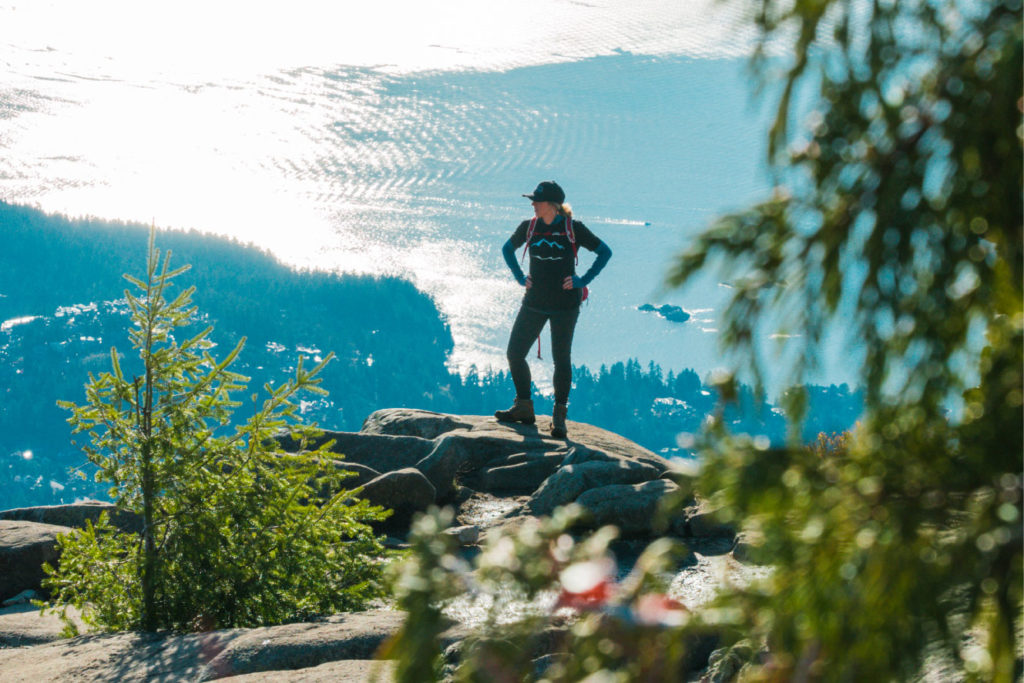
Mastering Focus: Auto vs. Manual Focus in Filmmaking
Focus is one of the most critical elements of filmmaking. It directs your audience’s attention, emphasizing the key parts of your story within the frame. Whether you’re using auto or manual focus, mastering these techniques can dramatically enhance the quality and impact of your videos. In this guide, we break down the differences, benefits, and best practices for using each focus mode.
Why Focus Matters in Filmmaking
Focus isn’t just about clarity—it’s about storytelling. By controlling focus, you can guide your viewers’ eyes to what matters most, whether it’s a character’s expression, an important detail, or a subtle background element. Sharp focus can elevate the overall professionalism of your footage, while soft or missed focus can be distracting and diminish the quality of your production.
1. Auto Focus: Speed, Efficiency, and Convenience
What is Auto Focus?
Auto focus relies on your camera’s software to detect and adjust focus automatically. It’s especially useful in fast-paced situations where you don’t have time to manually adjust focus. Many modern cameras now include advanced auto focus features, such as face detection, eye tracking, and object tracking, which make them highly effective in a variety of shooting conditions.
Benefits of Auto Focus
- Perfect for Beginners: Auto focus simplifies the process, allowing new filmmakers to concentrate on composition, lighting, and storytelling without worrying about focus adjustments.
- Ideal for Dynamic Scenes: If you’re shooting events, documentaries, or fast-moving subjects, auto focus is a lifesaver. It keeps your subject sharp even as they move unpredictably.
- Time-Saver in Run-and-Gun Shoots: When you’re working alone or under tight deadlines, auto focus helps you capture moments on the fly, freeing you to focus on other creative aspects like exposure and framing.
Drawbacks of Auto Focus
- Limited Creative Control: Auto focus can sometimes shift unexpectedly, especially in busy environments, causing the focus to jump to unwanted subjects.
- Not Always Reliable: In low-light conditions or complex scenes with multiple layers, auto focus may struggle to lock onto the right subject.
2. Manual Focus: Precision and Creative Control
What is Manual Focus?
Manual focus involves adjusting the focus ring on your lens to achieve the desired level of sharpness. This method offers greater creative control, enabling you to emphasize specific elements within a scene and achieve techniques like “rack focusing,” where you shift focus from one subject to another smoothly.
Benefits of Manual Focus
- Full Creative Control: With manual focus, you decide exactly where the viewer’s attention should be. It’s perfect for creating intentional depth of field and controlling focus shifts.
- Reliable in Challenging Conditions: Unlike auto focus, manual focus doesn’t rely on software to detect subjects, making it ideal for low-light scenarios, shooting through glass, or when subjects are partially obstructed.
- Enhanced Cinematic Quality: Mastering manual focus allows you to achieve a more polished, professional look, often seen in cinematic productions.
Tips for Mastering Manual Focus
- Use focus peaking (if available on your camera) to highlight the in-focus areas.
- Leverage the magnification feature to zoom in on your subject and fine-tune focus before recording.
- Practice the rack focus technique to shift focus smoothly between subjects in the same shot, adding a dynamic storytelling element.
3. When to Use Each Mode
Knowing when to use auto focus versus manual focus is crucial for achieving the best results:
- Auto Focus: Great for spontaneous shoots, events, and situations where subjects are constantly moving. It’s also ideal when you’re a one-person crew juggling multiple tasks.
- Manual Focus: Best for controlled environments like interviews, narrative filmmaking, and scenes with complex compositions where precision is key. Use it when you want to achieve a specific cinematic effect or ensure consistent focus throughout a shot.
4. Advanced Techniques for Achieving Perfect Focus
Here are some additional strategies to help you nail focus every time:
- Depth of Field Control: Use a wider aperture (smaller f-stop number) to create a shallow depth of field, making your subject stand out against a soft, blurred background.
- Focus Pulling: In scenes with multiple subjects, focus pulling (rack focus) can be used to guide the audience’s attention smoothly from one subject to another. This is a great storytelling tool for dramatic reveals.
- Pre-Focus and Marking: For manual focus, pre-focus on key points within your scene and mark your focus ring with tape. This is especially useful for complex scenes with planned focus shifts.
5. Essential Gear to Improve Focus Accuracy
Investing in the right gear can enhance your ability to achieve sharp focus:
- Follow Focus System: A follow focus rig allows for precise adjustments, especially during complex focus pulls.
- ND Filters: Neutral density filters reduce light entering the lens, enabling you to use wider apertures (and shallower depth of field) even in bright conditions.
- External Monitor: A larger, high-resolution monitor provides better visibility for checking focus, especially in bright outdoor settings.
Want to Learn More?
For a deeper dive into mastering focus techniques and to see examples of both auto and manual focus in action, check out our latest video tutorial. You’ll get practical tips and see how professionals use these techniques to elevate their films.
Ready to level up your skills? Explore our full collection of filmmaking tutorials and learn how to transform your footage from amateur to cinematic.
Your journey to mastering focus starts now—lights, camera, action!